Premium Only Content
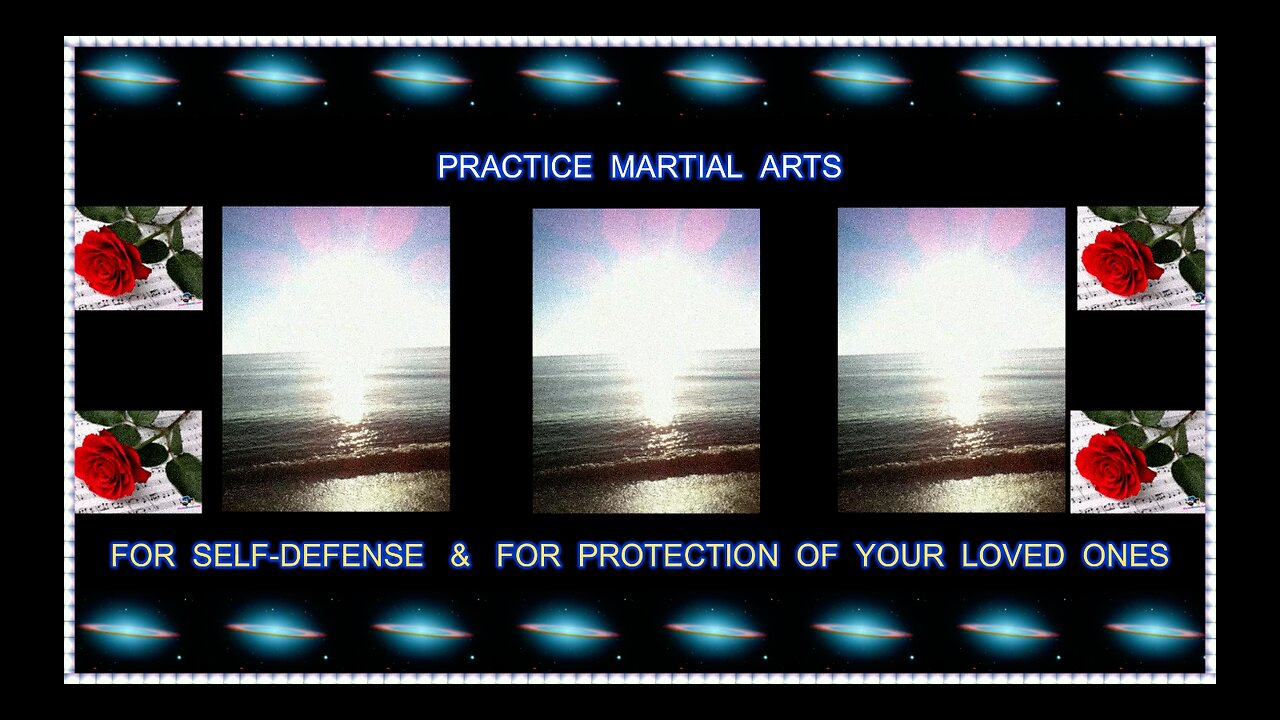
HOLY SPIRIT OF HEROISM & MARTIAL ARTS - SCOTT ' BIG MAN ' ATKINS & DRAGON LEE !
SCOTT ATKINS = MARTIAL ARTIST - ACTOR - FILM PRODUCER
Scott Edward Adkins was born on June 17, 1976 in Sutton Coldfield, England, into a family that for generations were butchers.
Along with his elder brother Craig, he was raised by their parents, John and Janet (Sanders) Adkins, in a loving middle-class family.
Scott attended Bishop Vesey's Grammar School in Sutton Coldfield. Probably not the best of students, he used to sneak downstairs after his parents had gone to bed and watch films all night then fall asleep during lessons.
A natural athlete, Scott enjoyed a variety of sports as he grew up, but when he was 10 years old, he accompanied his father and brother to the local Judo club.
The attraction was instantaneous. Idolising stars such as Bruce Lee and Jean-Claude Van Damme, Scott began to train everyday.
He took over his Dad's garage and turned it into his own Dojo.
He even had a shrine to Bruce Lee in there that he would bow to.
He remembers being mugged on a bus when he was around 13 and that really kicked his training into overdrive.
He wasn't ever going to let that happen again.
At the age of 14, Scott went on to train in Tae Kwon Do under the instruction of Ron Sergiew with the T.A.G.B.
After a few years, he moved on to Kickboxing under Anthony Jones.
He is now a fully trained Kickboxing Instructor for the P. K. A.
A self confessed "film junkie" Scott's attention was drawn to acting through the Hollywood Greats.
He enrolled in a drama class at Sutton Coldfield College.
Being a shy lad he initially found it difficult to be put on stage in front of an audience.
Finally, at the age of 21, Scott was offered a place at the prestigious Webber Douglas Academy of Dramatic Art.
However, as an impoverished student, he found it hard to make ends meet without a grant and was forced to leave without completing the course.
Very dejected he thought that was the end.
His first break came when he was offered a role in a Hong Kong martial arts film called Extreme Challenge (2001) (aka Extreme Challenge).
Spotted by Head of The Hong Kong Stuntmen Association and director Wei Tung and English-born Hong Kong movie expert Bey Logan, Adkins found himself in the East for the first time.
Scott got the chance to work with some of Hong Kong cinema's leading action directors including Woo-Ping Yuen, Corey Yuen, Sammo Kam-Bo Hung and the legendary Jackie Chan.
Acting roles started to come in and he was offered a guest role in BBC's Doctors (2000) filmed at Birmingham's Pebble Mill.
A few episodes in BBC's EastEnders (1985) and City Central (1998), and a lead role in Sky One comedy drama Mile High (2003) followed by a regular role in BBC's Holby City (1999) as Bradley Hume, the assistant General Manager of Holby General.
Starring roles in feature films soon followed with his portrayal of Talbot in Special Forces (2003) and Yuri Boyka" in Undisputed 2: Last Man Standing (2006).
It was this film that broke him into the mainstream with his villainous portrayal of a Russian MMA underground fighter Boyka in what has been hailed as one of the best American made Martial Arts films of recent times.
Along with lead actor Michael Jai White, fight coordinator J.J. Perry and the slick direction of Isaac Florentine this movie has some unbelievably heart stopping fight scenes.
After this Scott has had guest starring roles in bigger budget films like The Bourne Ultimatum (2007) and The Tournament (2009), and played Jean-Claude Van Damme's main adversary in Sony Pictures The Shepherd (2008).
BRUCE LEE = MARTIAL ARTIST - PHILOSOPHER - DANCER - ACTOR - COMIC - FAMILY MAN
Bruce Lee - Chinese name Li Jun Fan - was born on November 27, 1940, in San Francisco, California, U.S., and he died young, on July 20, 1973, in Hong Kong.
Bruce Lee was an American-born film actor, who was renowned for his great martial arts skills and abilities.
As he became a talented actor, Bruce Lee helped popularize martial arts movies worldwide in the 1970s.
Although Bruce Lee was born in San Francisco during a trip to America by his parents, he grew up in Hong Kong.
Bruce Lee was introduced to the entertainment industry at an early age, because his father was an opera singer and part-time actor.
The younger Bruce Lee began appearing in films as a child, and was frequently cast as a juvenile delinquent or street urchin !
As a teenager, Bruce Lee took up with local gangs and began learning kung fu to better defend himself.
At that time, he also started dance lessons, which further refined his footwork and balance.
In 1958, Bruce Lee won the Hong Kong cha-cha-(cha) championship !
Bruce Lee’s parents were increasingly disturbed by his street fighting and run-ins with the police, and so they sent him to live in the United States shortly after he turned 18.
Bruce Lee at first lived with family friends in Seattle, where he finished high school and studied philosophy and drama at the University of Washington.
While in Seattle, Bruce Lee opened his first martial arts school, and in 1964 he relocated to Oakland, California, to found a second school.
It was about that time that he developed his own technique - jeet kune do, a blend of ancient kung fu, fencing, boxing, and philosophy, - and which he began teaching instead of traditional martial arts.
Bruce Lee drew the attention of a television producer after giving a kung fu demonstration at a Los Angeles-area karate tournament, and he was cast as the sidekick Kato in the television series The Green Hornet (1966–67).
Bruce Lee had difficulty finding acting jobs after the cancellation of The Green Hornet, and he began supplementing his income by giving private jeet kune do lessons to Hollywood stars, including to Steve McQueen.
In the 1969 film Marlowe, Bruce Lee received notice for a scene in which he destroyed an entire office through kickboxing and karate moves.
Troubled by his inability to find other suitable roles, however, Bruce Lee moved back to Hong Kong in 1971.
There Bruce Lee starred in two films that broke box-office records throughout Asia, and he later found success in the United States with Tang shan da xiong (1971; Fists of Fury [U.S.], or The Big Boss [Hong Kong English title]) and Jing wu men (1972; The Chinese Connection [U.S.], or Fist of Fury [Hong Kong English title]).
Bruce Lee used his sudden box-office clout to form his own production company, and he coproduced, directed, wrote, and starred in his next film, Meng long guo jiang (1972; Return of the Dragon [U.S.], or The Way of the Dragon [Hong Kong English title]
Bruce Lee’s following film, Enter the Dragon (1973), was the first joint venture between Hong Kong- and U.S.-based production companies, and it became a worldwide hit, thrusting Bruce Lee into international movie stardom.
Tragically, he died six days before the film’s Hong Kong release.
The mysterious circumstances of his death were a source of speculation for fans and historians, but the cause of death was officially listed as swelling of the brain caused by an allergic reaction to a headache medication.
At the time, Bruce Lee had been working on a film called Game of Death, which was pieced together with stand-ins and cardboard cutouts of Bruce Lee’s face and was released in 1978.
After Bruce Lee’s death, his films gained a large cult following.
Bruce Lee himself became one of the biggest pop culture icons of the 20th century, and he is often credited with changing the way Asians were presented in American films.
A slightly fictionalized biopic, Dragon: The Bruce Lee Story, appeared in 1993.
{=}
FAIR USE - Section 107 of the Copyright Act 1976
{=}
This is a non-profit video that I personally composed solely for the purpose of study, review, research, self-expression in the manifestation of beauty and wisdom, experimental analysis, creative research, humorous contrasting, cultural and educational arts and sciences synthesis; and basically for the love of artistic creativity itself, without any intention for any commercial uses whatsoever - and fully and absolutely for non-profit public display.
This video is for educational purposes only; and is offered freely, with my respect and love for the people of all sovereign cultures of the world.
In composing this audio-visual film video, I am respecting the Copyright Disclaimer Under Section 107 of the Copyright Act 1976, whereby allowance is made for fair use, for purposes such as criticism, comment, news reporting, teaching, scholarship and research.
Fair use is a use permitted by copyright statute that might otherwise be infringing.
Non-profit, educational, or personal use, thankfully tips the balance in favor of fair use, thus promoting both the original work and other possible creative derivatives.
I made use of images in this composition that do belong to other film and music production firms. However, the resulting audio-visual composition is unique and original in its full assembly, and is for educational, inspirational and non-profit purposes only.
The original film production images and original music melodies in this film composition, remain the property and copyright of its rightful owner, or owners.
I claim no ownership whatsoever on any of the materials I have used in creating this new audio-visual composition, except those that are my own to improve the cinematographic or musical state-of-the-art, or of my own speaking or singing voice, or of my own textual dialogues and photographies - and that I offer happily to the public worldwide, for their enjoyment of the fine arts of cinematography, photography, music, beauty, love and philosophy.
Sincerely,
Teri’irere Ito’arai - ( Henrik ! )
Film composer & amateur orator and singer :
The Holy Spirit of India !
The Holy Spirit of Love !
The Holy Spirit of Beauty !
The Holy Spirit of Singing !
The Holy Spirit of Humour !
The Holy Spirit of Heroism !
The Holy Spirit of Sports !
The Holy Spirit of Martial Arts !
The Holy Spirit of America !
The Holy Spirit of Life !
The Holy Spirit of Wisdom !
-
 1:40:00
1:40:00
The Quartering
1 hour agoEpstein Burnout, Hulk Hogan Dies, South Park Flops & Much More
34.7K15 -
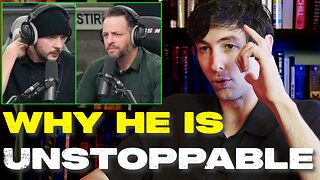 9:51
9:51
Warren Smith - Secret Scholar Society
5 days agoThe Moment Tim Pool Discovered Why Andrew Wilson is so Unstoppable
1.43K14 -
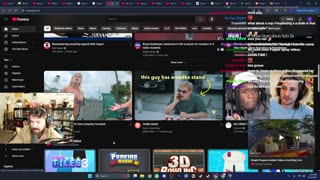 LIVE
LIVE
Donut Operator
4 hours agoI'M BACK/ CRIME/ GAMEBOY CAMERA CHAD
694 watching -
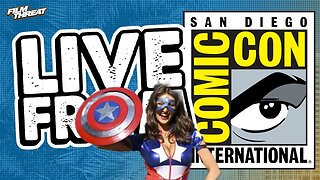 LIVE
LIVE
Film Threat
3 hours agoLIVE FROM SAN DIEGO COMIC-CON! (Thursday) | Film Threat Live
111 watching -
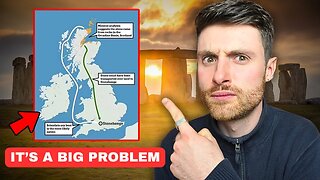 10:05
10:05
Michael Button
5 hours ago $0.10 earnedGroundbreaking Discovery at Stonehenge Rewrites History
2991 -
 LIVE
LIVE
RalliedLIVE
2 hours ago $1.72 earnedSPECIALIST ADDICTED MAN WINS WARZONE SOLOS
246 watching -
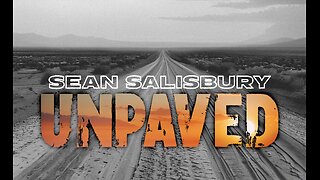 1:11:41
1:11:41
Sean Unpaved
3 hours agoBat Flips to Boardrooms: Jets QB Crossroads, Presidential Visits, & RedZone's TV Takeover
35.5K -
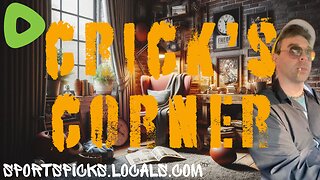 LIVE
LIVE
SportsPicks
3 hours agoCrick's Corner: Episode 51
68 watching -
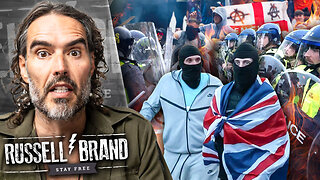 1:00:45
1:00:45
Russell Brand
4 hours agoUK Migration Clashes ERUPT! Starmer Sweats as ‘SUMMER OF RIOTS’ Begins? - SF620
137K49 -
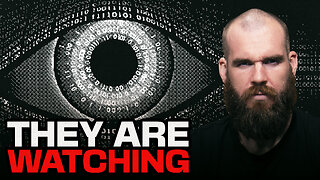 16:51
16:51
IsaacButterfield
10 hours agoYou Are Being Watched
10.2K6